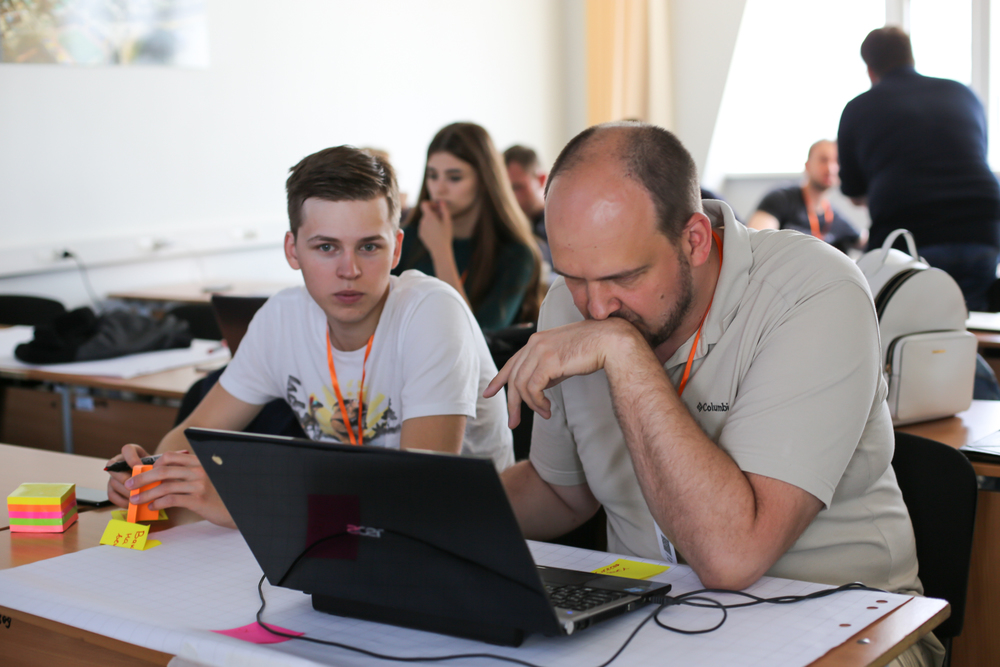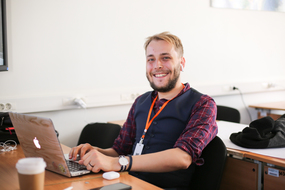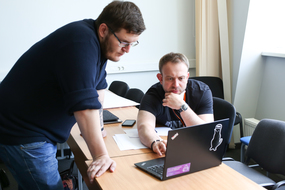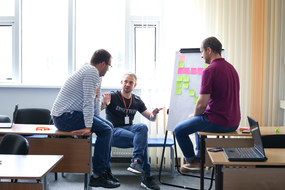From July 10th to 21st, 2018, “Island
The laboratory, held from July 11th to 14th, 2018, aimed to show that the effectiveness of blockchain-technologies directly depends on the methodology of studying user experience and training participants to work with a ‘JTBD’ framework (Jobs to Be Done). This often means writing a ‘User Story’ and developing smart-contracts on the Ethereum platform.
“Hype about blockchain has eased up a little, but there [has been] a gradual rethinking of the crypto economy, as well as a focus on creating real services with the use of blockchain. We aimed to develop participants` skills to work on the user experience based on field research with the subsequent inclusion of the technology in these services. We have managed to obtain great results both in terms of satisfaction with our laboratory and the set of competencies which we were able to create in such a short period of time. The lab will continue to operate, and in the fall, based on feedback, an online course for the National Open Education Platform with a similar approach of blending modern product development and blockchain as a technology for entrepreneurs of the new economy will be created”, said Anton Sazhin, host of the lab, and Head of the NUST MISIS Department for Online Communications.
The work was carried out in groups of short HADI-cycles (hypothesis — action — data — insight). Initially, participants were taught to work with the JTBD method (solving specific user tasks), to identify “pain”, and to create “maps” of user stories on the example of a real technical task. Participants who had experience in programming developed their first smart-contracts on the Ethereum platform simultaneously with their “maps”. The participants then presented the results of their work and passed their final test, which assessed their subject knowledge and consolidated their experience in the field of blockchain technologies and JTBD methodology.
Aleksey Naiden, a developer at Apple, shared his impressions of the lab: “First of all, I was really excited to talk about blockchain and related technologies not in an academic environment but to people who have real projects and resources for their implementation. In this regard, both the lecture material and the practical tasks were much closer to real life. Of course, we wanted to see what results could be obtained in a couple of days by people who have some knowledge, a goal and motivation, and they turned out to be quite impressive. In fact, I evaluate the training as very successful based on the participants’ results. I would love to do a more in-depth version”.
According to a survey on the event, the participants scored the benefits of the module and their willingness to recommend it to friends at an 8.3 on a






